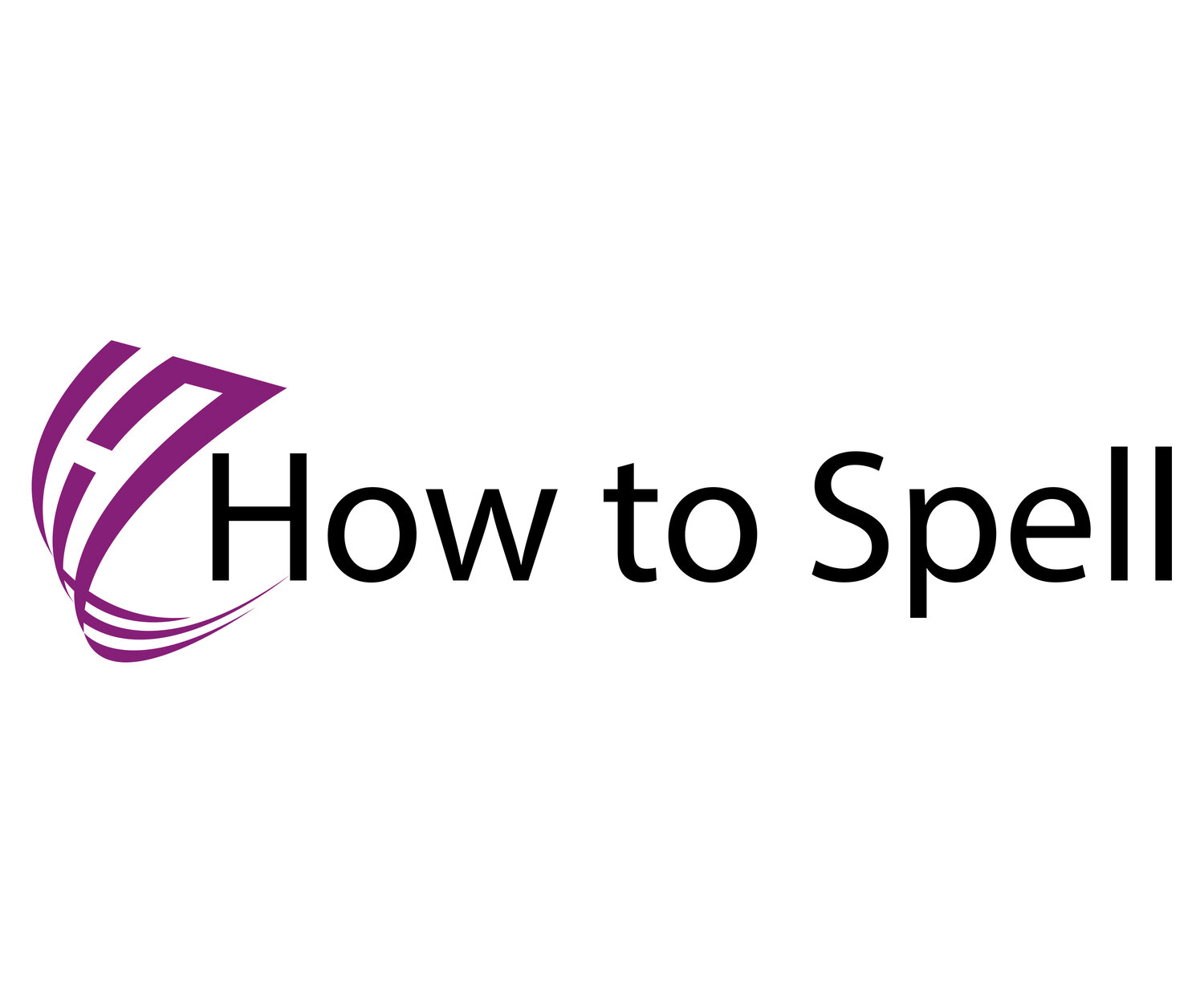Letter Patterns Introduction
From my Spelling Sounds and Patterns Course
Download the free PDF here.
Good spellers know letter patterns and use them to help recall spellings or guess the spelling by rhyming a word with another word that has the same letter pattern.
________________
There are some strings of letters which occur very often. Good spellers are able to remember these easily and can visualise the letter patterns in words. Basic Skills Agency: Starter Pack
________________
It is only through visual familiarity with language that you can learn about the probable spelling of words. Spelling is about visual sequences of letters. Sue Abell: Helping Adults Spell
________________
According to Johanna Stirling: There are certain letter strings/patterns that occur so often that we need to be able to write them automatically as “chunks” of spelling, rather than letter-by-letter. For example: beginning patterns: st-, br-, pl-, bl-, gl-, thr-, spr-, sk
end patterns: -nt, -ed, -ful, -ness, -sure vowel patterns: ou, ow, ie, ei, oy, igh, ough, au
consonant patterns: ng, th, ch, sh pattern related to history: -ough, igh, kn-, gn
________________
Good spellers have an excellent visual memory for what looks right.
A good strategy is to make a letter pattern dictionary. The pattern might make different sounds so you can put them into sound groups to help.
-ight: sight, right, fight, light, flight, uptight
-ite: site, write, bite, quite, kite, invite
-eight: eight, weight, freight
-tch: match, catch, (but watch), hutch, butch (but such), notch, botch, pitch, witch (but rich, which)
spr- spring, sprinkle, spritz, sprat, spray, sprung
You can develop this skill, too, by practising (BrE)/practicing (AmE) spelling and noticing the patterns and rules. Spelling won't happen by just reading about it — you have to study it, notice it, work at it, and use it.
-ou- Pattern
-ound: round, pound, sound, found, hound, bound, ground, mound... If you have trouble spelling one on these, you can try rhyming, or use a letter pattern story rhyme:
“My hound found a round pound on the ground on top of a mound.”
-ouble: double, trouble
-ouple: couple
-ouse: house, mouse “There's a mouse in my house.”
-our: our, scour, flour, sour, devour. But your, four, pour, tour
-oud: loud, proud, cloud “He’s loud and proud with his head in a cloud.”
-out: out, outside, about, pout, spout, sprout
-outh: south, mouth
-ount: count, mount, mountain, fountain
Our house is your house.
young — See the you in young — “You are so young.”
doubt “It’s natural to be in doubt.” This helps with the silent b.
Sounding Out and Visual Memory
A lot of letter patterns can be put into sound groups, which means we can rhyme an unfamiliar word with a possible letter pattern.
So rhyming a word with another word that has the same letter pattern is a great strategy to help you recall spellings, and to see how the word might be written. But there are often exceptions that you need to learn too.
Look at these examples; they have the same patterns but with some sound exceptions:
found, pound, round but young eight, weight, weigh but height autumn, August but Australia how, now, cow but blow, know
match, batch, hatch but watch soon, moon, tycoon but book, took
Now look at these words with the same sound but different letter patterns to see how developing your visual memory for what looks right is important.
believe, achieve but receive
Light, flight, right, bright slight but write, site, kite air, hair, flair, affair but hare, flare, aware, care
plain, train, vain, rain but plane, lane, vein, reign, champagne read, bed, ted but read (past tense) dead, head, bread, said
Rhyming a word can offer clues or even very clear indications of likely letter patterns if we know all the possible variations.


